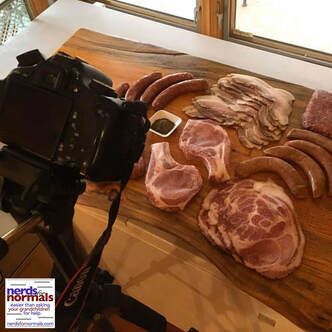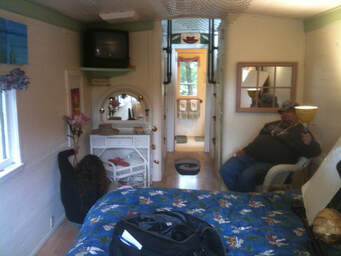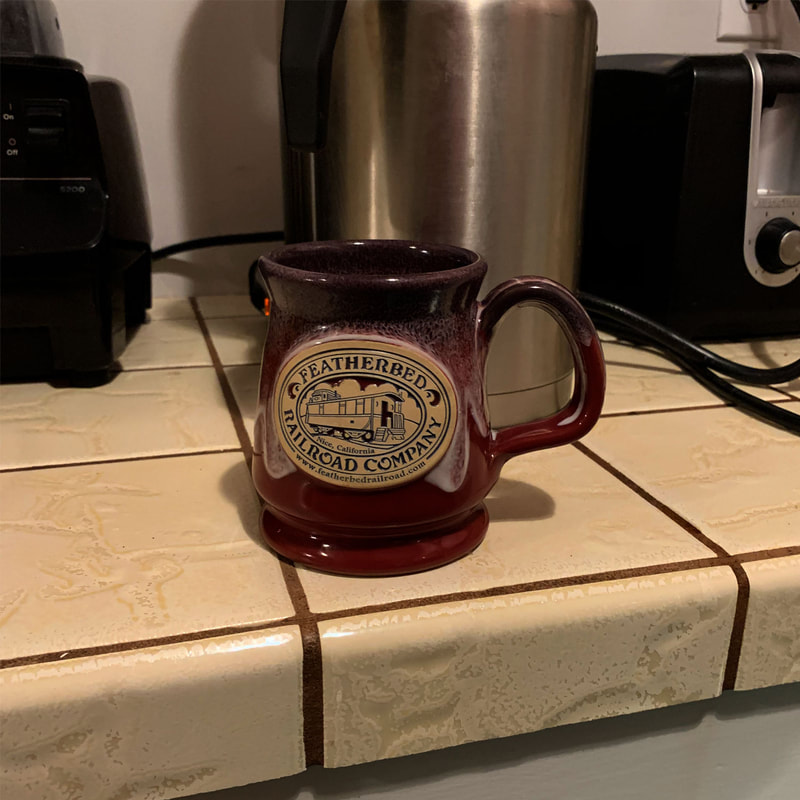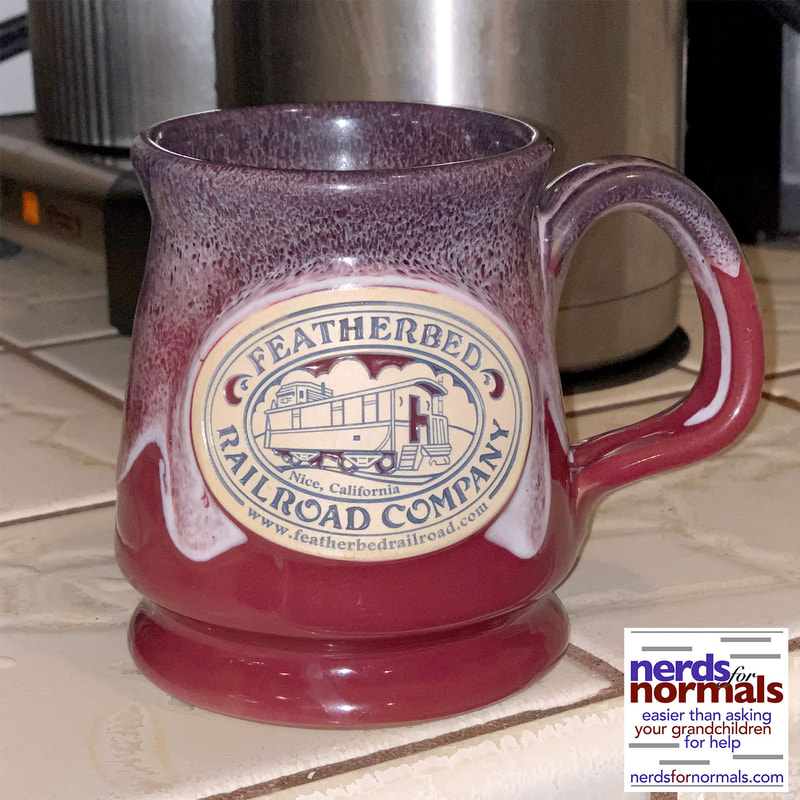 Here Six Sigma Ranch uses staging and lighting to capture the wonderful essence of the beef and pork raised on their ranch alongside their award-winning wines. Here Six Sigma Ranch uses staging and lighting to capture the wonderful essence of the beef and pork raised on their ranch alongside their award-winning wines. Last week we talked about what a difference good photography can make in the telling of your businesses’ story. A big, big component of that is lighting. The difference between a haunted house and one you’ll want to move into might just be the lighting. After all, who doesn’t get creeped-out by a dimly-lit scaaaaaaaary house? When I used to take the pictures for an RV dealer of the trailers on the lot we used to make sure to have the batteries attached and functioning and I would turn on every light inside the trailer. The difference this made in making the RVs look inviting was incredible. Sometimes we would even take a shop light and light up dimly-lit corners of the RVs. You might think this is cheating but the difference in what a camera sees and what the human eye sees is considerable. Cameras are more limited in their ability to bring light into the picture than our human eye. So adding light is the first thing to do to make interior shots feel more like the real thing. Take the house I mentioned in last week’s post - my own house. For whatever reason every shot of the interior was taken with the lights off. Why? While this house has nice big windows and it is bright and airy, it won’t appear so in photos without some help. When we took photos of the interiors of cabooses at the Featherbed Railroad I actually went and bought some inexpensive clamp-on lights and hid them in the shots so that they brightened-up corners of the room and took away shadows. It made a tremendous difference and made the pictures be a better representation of what the rooms actually looked like. This is also true of food shots or product shots. Often times shining a light on a situation can really make a difference. Although a truly professional photographer will spend a lot of money on high-quality lighting and reflectors, if we’re doing our own work for some things we can learn from their lesson. If you’re taking pictures of an item, like a meal or a product you sell, then you can also use lighting to highlight the item against a darker background. This will more emphasize the product itself and de-emphasize all the things in the background. For example there are two pictures of a coffee mug accompanying this article. One makes you realize I’m selling a coffee mug, the other is a picture that happens to include the coffee mug.  Using a light to brighten a spot in the room while another photographer's assistant holds flowers that will appear in the reflection of a mirror. Using a light to brighten a spot in the room while another photographer's assistant holds flowers that will appear in the reflection of a mirror. Both are the same setting, the same mug and everything. And both were taken with the same phone camera - the camera on my iPhone 10xs. But the differences in lighting and setting are what truly sets the two pictures apart. Using photography in your marketing is a critical component nowadays. Instagram and Pinterest can be gold mines of new business if used properly and be sure that there are tons of your competitors who are doing it with some degree of competence, so your job is to stand out in the field. Considering the value that good photography can bring to your business don’t forget that there are lots of professionals who can absolutely help you stand out in the world. There are also lots of free and pretty great lessons when you’re schoolin’ at the University of YouTube. And, you have this blog as well.
0 Comments
Your comment will be posted after it is approved.
Leave a Reply. |
Tony BarthelTony Barthel is passionate about great marketing for small businesses Get Free Weekly Marketing TipsCategories
All
|
|
Call Tony: (310) 322-3665
|



 RSS Feed
RSS Feed